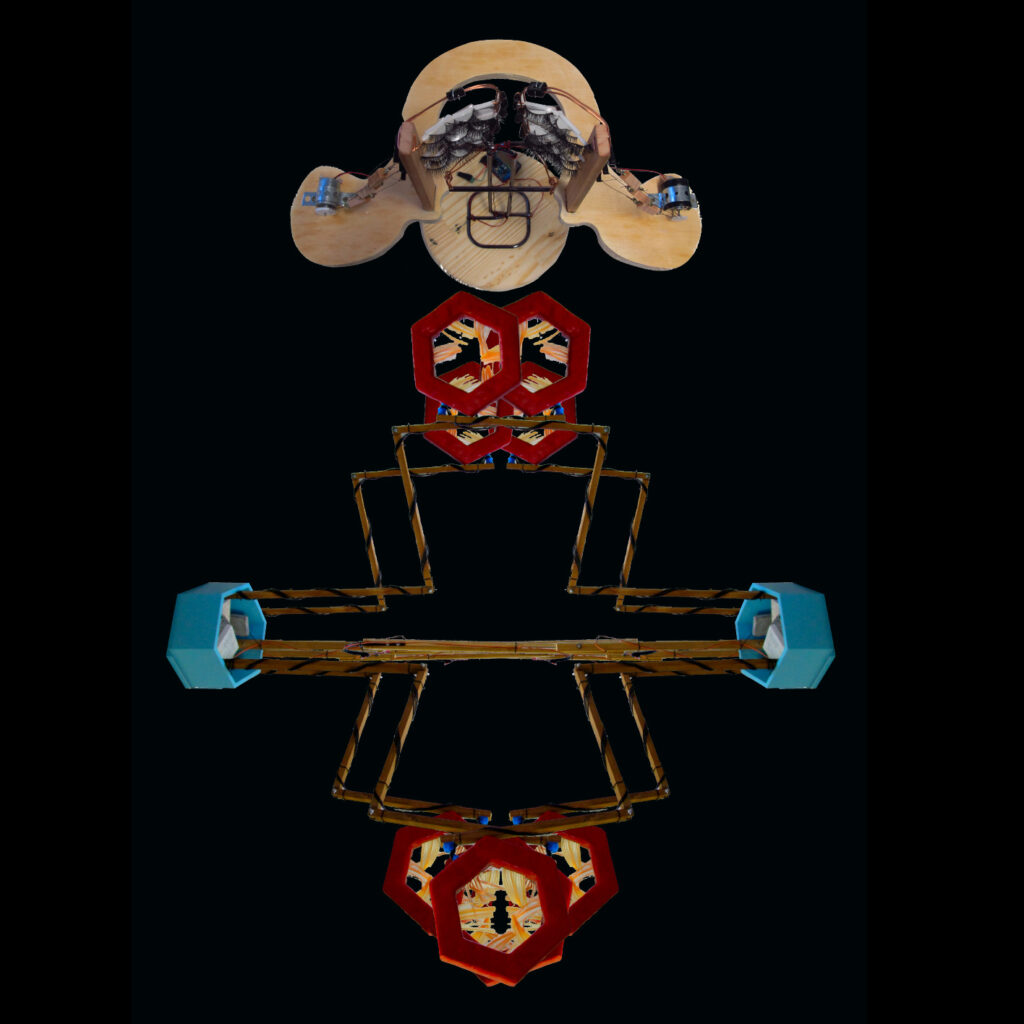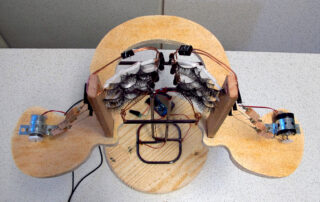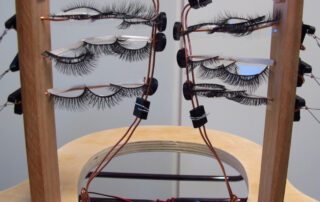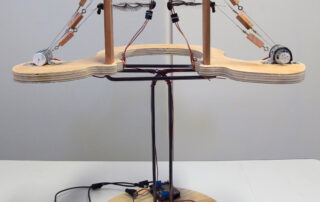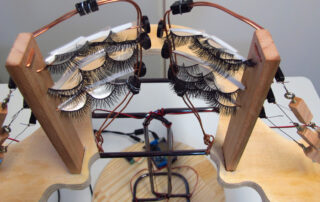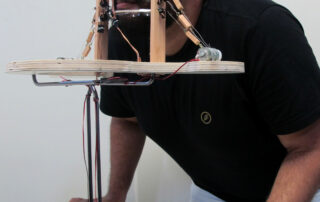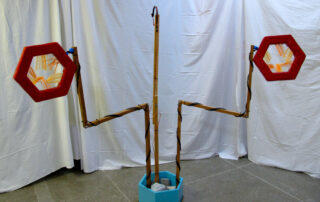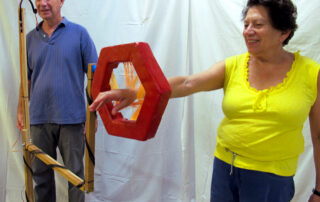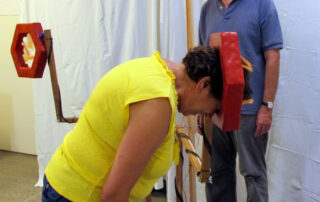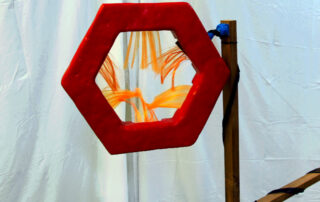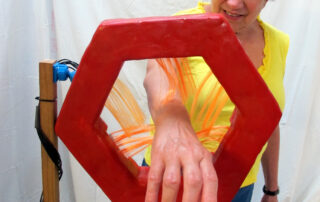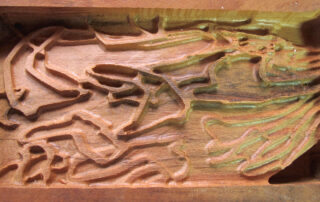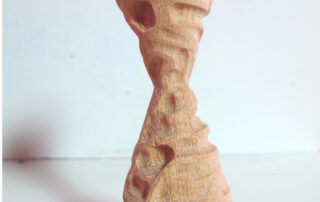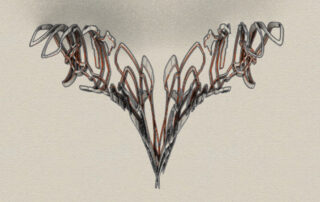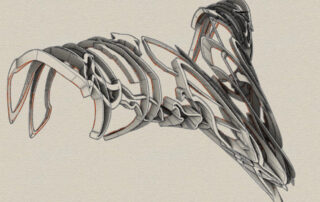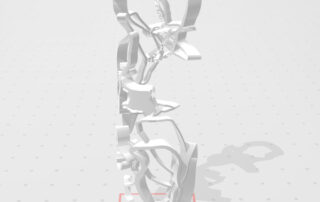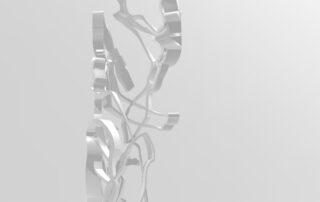Liz Lessner: The Relational Object Project
December 4– January 3, 2021
Virtual Exhibition
The sculptures presented in this virtual exhibition of the Relational Object Project were designed to engage the viewer with instances of gestural interaction. They appropriate and re-invest Lygia Clark’s strategy of material and sensory juxtaposition. They begin with quotidian sensations, like the feeling of eyelashes brushing one’s skin but use embedded electronics to create sensory juxtapositions. These objects amplify the paradoxical nature of gestural communication and simultaneously focus attention on the embodied aspects of its interactions.
About the artist:
Liz Lessner is a sculptor and installation artist whose work combines traditional fabrication techniques and emerging technologies to create sensory experiences that reframe common occurrences and routine encounters. Lessner has had solo shows at Honfleur Gallery in Washington, D.C.; Big Orbit, a Center for Exploratory and Perceptual Arts Project Space in Buffalo, NY; and The University at Buffalo Visual Studies Gallery in Buffalo, NY. She has exhibited her sculptures and installations nationally and internationally including the Guapamacátaro Center for Art and Ecology in Michoacán, Mexico, A.I.R. gallery in Brooklyn, NY, and Everard Read’s Circa Gallery in Cape Town, South Africa. She has an MFA in Media Study from the University at Buffalo. Her research into embedded electronics ability to create novel sensory experiences has been supported by grants like the Mark Diamond Research Fund, fellowships like the Eyeo Artists Fellowship, and awards like a 2019 Fulbright Research Award to Brazil.
This project made possible in part by the Fulbright Program


